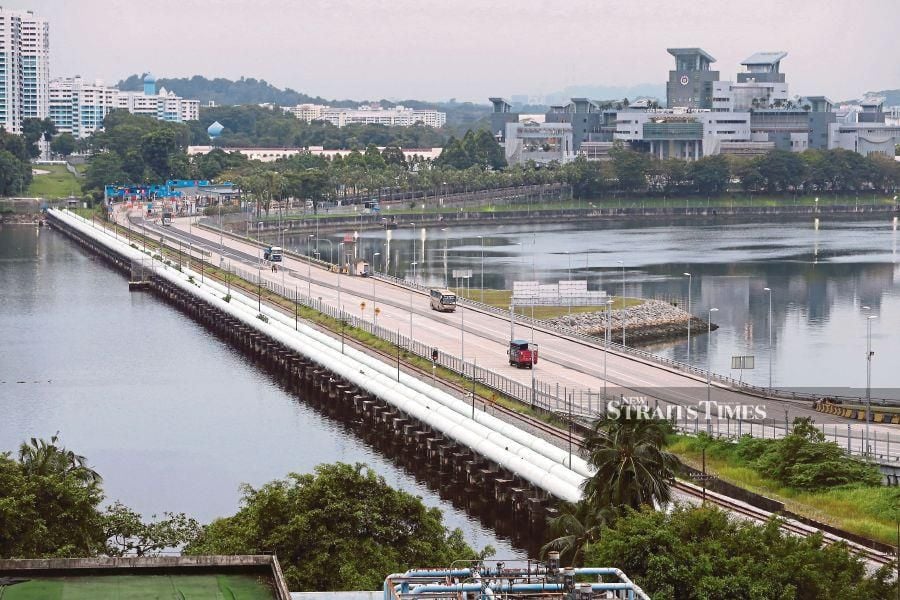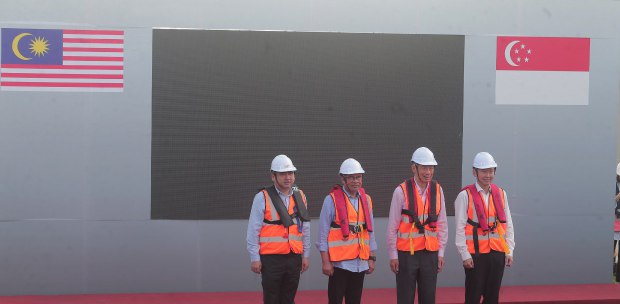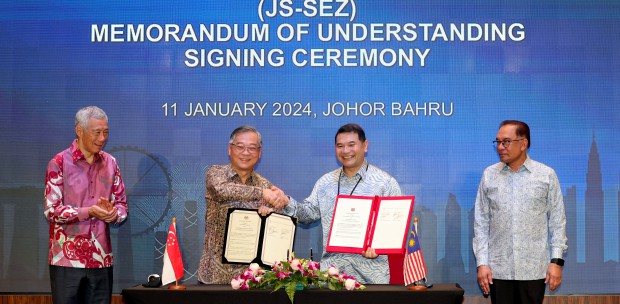PLACES matter when it comes to creating economic opportunities.
This is why the Johor-Singapore Special Economic Zone (JS-SEZ), an attempt to attract money and more from the neighbouring economic powerhouse and elsewhere, is sited where it is. Prime Minister Datuk Seri Anwar Ibrahim calls it a game-changer. Economists agree.
Done rightly, that is. The Shenzhen-Hong Kong SEZ is one that they never fail to point to as an example of how opportunity zones make economic success happen. During the 1970s, Shenzhen, which borders the global finance and trade hub of Hong Kong, was a much-ignored fishing village of 30,000 inhabitants.
The restructuring and repositioning of Shenzhen brought about by the SEZ turned it into a megalopolis of teeming millions. Shenzhen may or may not be the example the JS-SEZ is following, but it is worth looking at in terms of what to do and what not to do.
At the moment, the JS-SEZ initiated last year is at the stage of a memorandum of understanding, which was signed on Jan 11. A final agreement between Malaysia and Singapore is expected to be executed by year end.
Professor Dr Yeah Kim Leng, an economist with Sunway University, sees the JS-SEZ as a platform for both Malaysia and Singapore to upgrade their industrial structures and value-adding activities by leveraging their respective strengths while overcoming constraints and weaknesses.
The incentives offered by the JS-SEZ could lure global and Singapore firms hit with resource constraints to relocate there, he adds. Malaysian firms can feed into what he calls "agglomeration" benefits that would be the consequence of this relocation. Yeah sees the game-changer to the Malaysian economy to be in the form of more advanced industries, tighter integration with global supply chains and expanded opportunities for small and medium enterprises.
His expectation is the creation of higher-value, better-paying and sophisticated jobs for all, reducing reliance on Selangor and Penang as key states pushing the country's industrialisation drive towards high-income and developed nation status.
Like Yeah, Professor Datuk Dr John Antony Xavier, an economist with the Asian Institute of Medicine, Science and Technology University, sees the JS-SEZ as good news for not just Johor, but also other states, as the economic goodies move northwards. But he adds a cautionary tale to the yellow brick road story.
The JS-SEZ is quite a bit about infrastructure, a costly thing, he reminds us. Who will foot the bill, is Xavier's question. A good question after having seen the high-speed rail come and go and go again.
But blessedly, Johor is already on the trajectory of growth. According to data crunched by Singaporean bank UOB, the state was the fifth largest investment destination in Malaysia last year, garnering RM20 billion after the Federal Territory (RM48.9 billion), Penang (RM44.9 billion), Selangor (RM44.6 billion) and Kedah (RM22.6 billion).
The year before, Johor attracted the highest investment, recording RM70.6 billion. In terms of trade, Johor is a table topper, with it garnering a second place in terms of total trade (exports and imports) worth RM753 billion.
The stage has been set and the timing of the JS-SEZ can't be better with the global economy still very much its lethargic self and Malaysia a victim of that lethargy. The jolt from Johor is most welcome.





